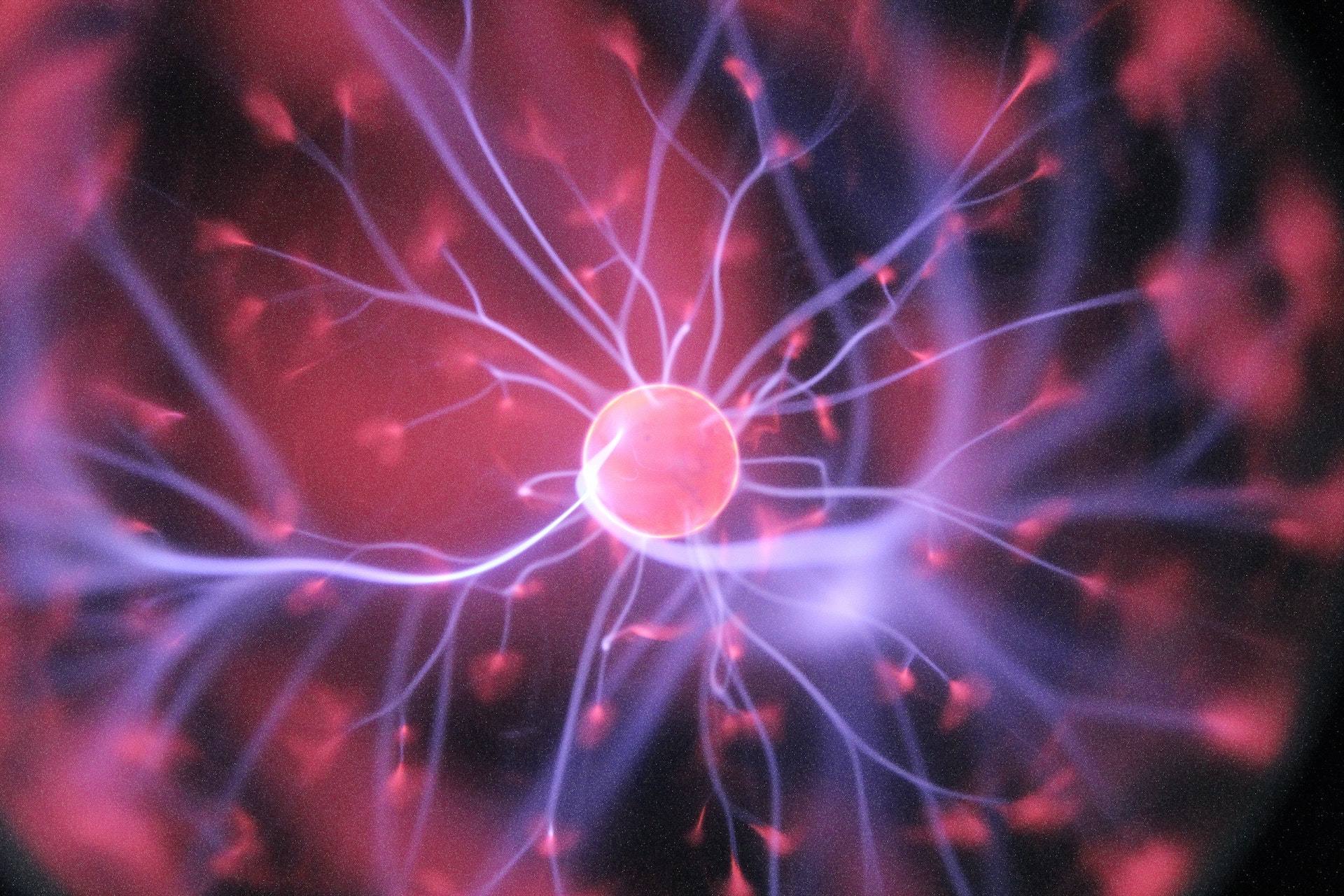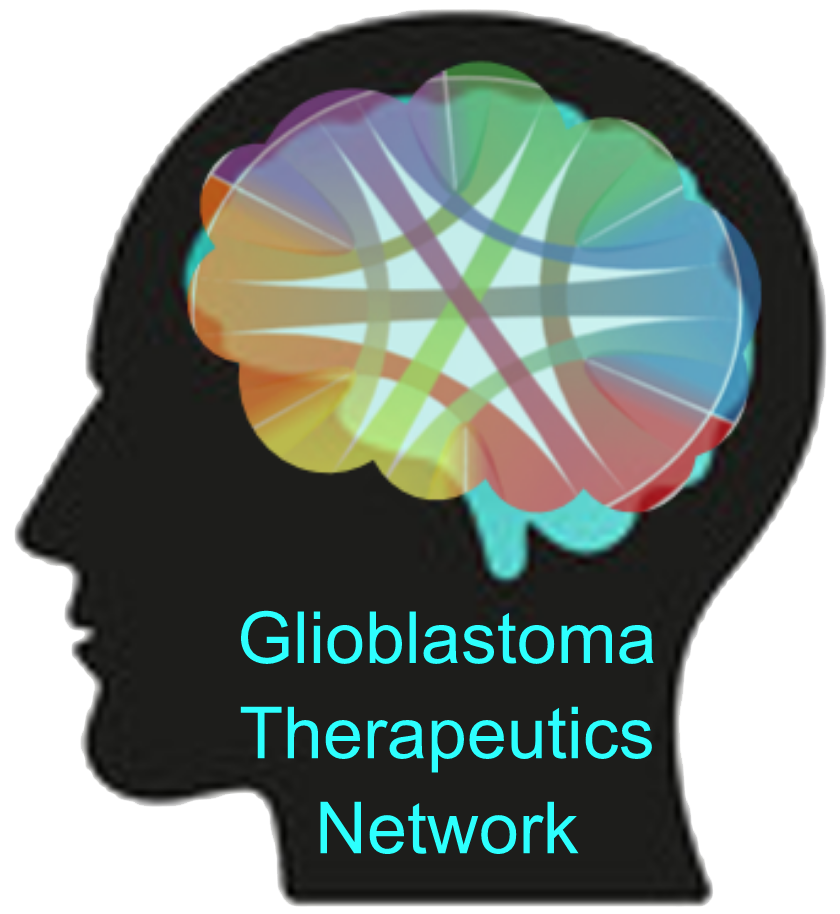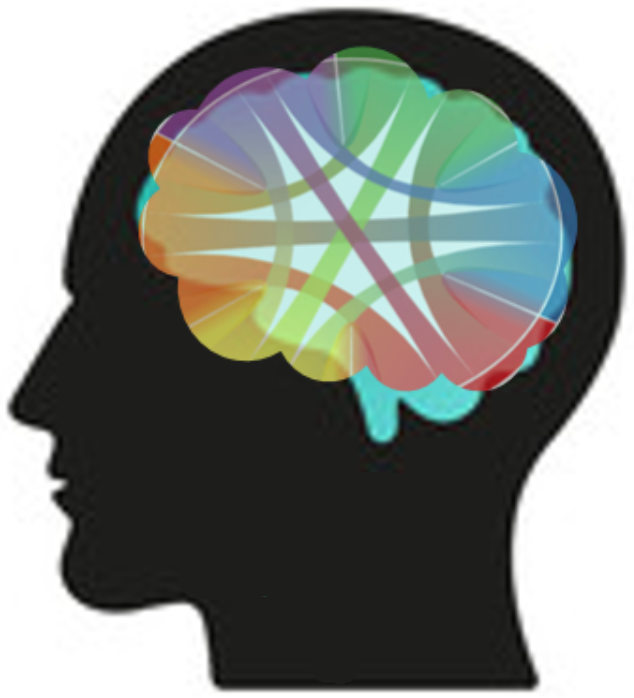
WELCOME TO THE GLIOBLASTOMA THERAPEUTICS NETWORK
WHAt we do
The overall goal of this funding opportunity announcement (FOA) is to improve the treatment of adult glioblastoma (GBM) by developing novel effective agents that can cross the blood brain barrier (BBB) and testing them in the clinic. To implement this initiative, Multi-Institutional teams are invited to participate in the Glioblastoma Therapeutics Network (GTN). Each GTN team is expected to drive therapeutic agent(s) from pre-clinical development, through IND studies, into pilot clinical studies in humans.
Centers Involved
Duke University and University of Texas Southwestern
6-thio-2-deoxyguanosine: A Novel Immunogenic Telomerase-Mediated Therapy in Glioblastoma - A Duke and UTSW Collaboration
Harvard University and Stanford University
Harvard/Stanford GTN Program: Novel targeted therapeutics for glioblastoma
Mayo Clinic and Yale University
Center of Innovation for Brain Tumor Therapeutics
University of California, San Francisco & Northwestern University
Advancing treatment and understanding of immunotherapy in glioblastoma
City of Hope/TGen/UAB
Development of Small Molecule Inhibitors and Biologic Agents for Treatment of Glioblastoma Using Intracerebral Microdialysis and Signatures of Vulnerability

BACKGROUND
Limited progress has been made in the treatment of adult GBM despite enormous public and private investments into basic, translational, and clinical research. The standard of care (i.e., maximal surgical resection followed by adjuvant radiation and temozolomide chemotherapy) has not changed in 15 years, and yields a median survival of about 15 months and a 5-year survival of less than 5%. Distinct pathophysiologic challenges at least partially explain the lack of progress in GBM therapies.
First, GBM is a locally infiltrative brain malignancy without a well-defined border; surgical resection cannot be extended to obtain a tumor free margin. Therefore, adjuvant chemotherapy and radiation therapy (RT) are required after surgery, and the clinical efficacy of these two modalities is critical to treatment success.
Second, chemotherapy for brain tumors must cross the blood-brain-barrier (BBB) to have a therapeutic effect; poor BBB penetration can lead to limited anticancer activity despite systemic toxicities.
Third, in the setting of RT, the dose is limited by RT tolerance of the normal brain parenchyma.
Finally, the efficacy of other therapies, including targeted agents and immunotherapy, is impeded by GBM's intratumoral genetic heterogeneity and its immunosuppressive tumor microenvironment, which is marked by scant effector T-cell infiltration, preventing the antitumor efficacy of immune checkpoint inhibitors. Clearly, the development and selection of specific agents for GBM need to break new ground if effective treatments are to be found for this disease.
Specific Research Objectives
To implement this initiative, a GBM therapeutics network (GTN) of highly collaborative U19 teams will be established, with each team capable of driving therapeutic agent(s) from pre-clinical development, through IND studies, into pilot clinical studies in humans. Appropriate development candidates include: (1) novel agents or (2) agents or combinations approved for other indications and repurposed for treatment of GBM following relevant preclinical studies. As developing drugs from the discovery phase is a long and expensive process that often encounters obstacles and failures, this FOA will focus on a cooperative effort in drug development, rather than on discovery. A unique aspect of the GTN will be the ability of members to leverage models and methodologies for cross-validation of promising agents across the network.
NCI’s current research infrastructure (notwithstanding its extensive clinical trials capabilities) needs to expand critical drug development capabilities that are required for a comprehensive, full scale effort to develop and test effective GBM therapeutic strategies. This would include the qualification of new BBB-penetrating drugs and combinations of therapeutic modalities (including other small molecule and biological agents, and radiation therapy), and the development of functional biomarkers to demonstrate that drugs and/or combinations reach their tumor or microenvironment targets. Successful evaluation of these novel agents and combinations in clinically relevant preclinical models and early-phase proof-of-mechanism clinical trials (that include pharmacokinetics [PK], molecular pharmacodynamic [PD] assays, and imaging) could lead to the translation of new agents into later-stage GBM clinical trials.
